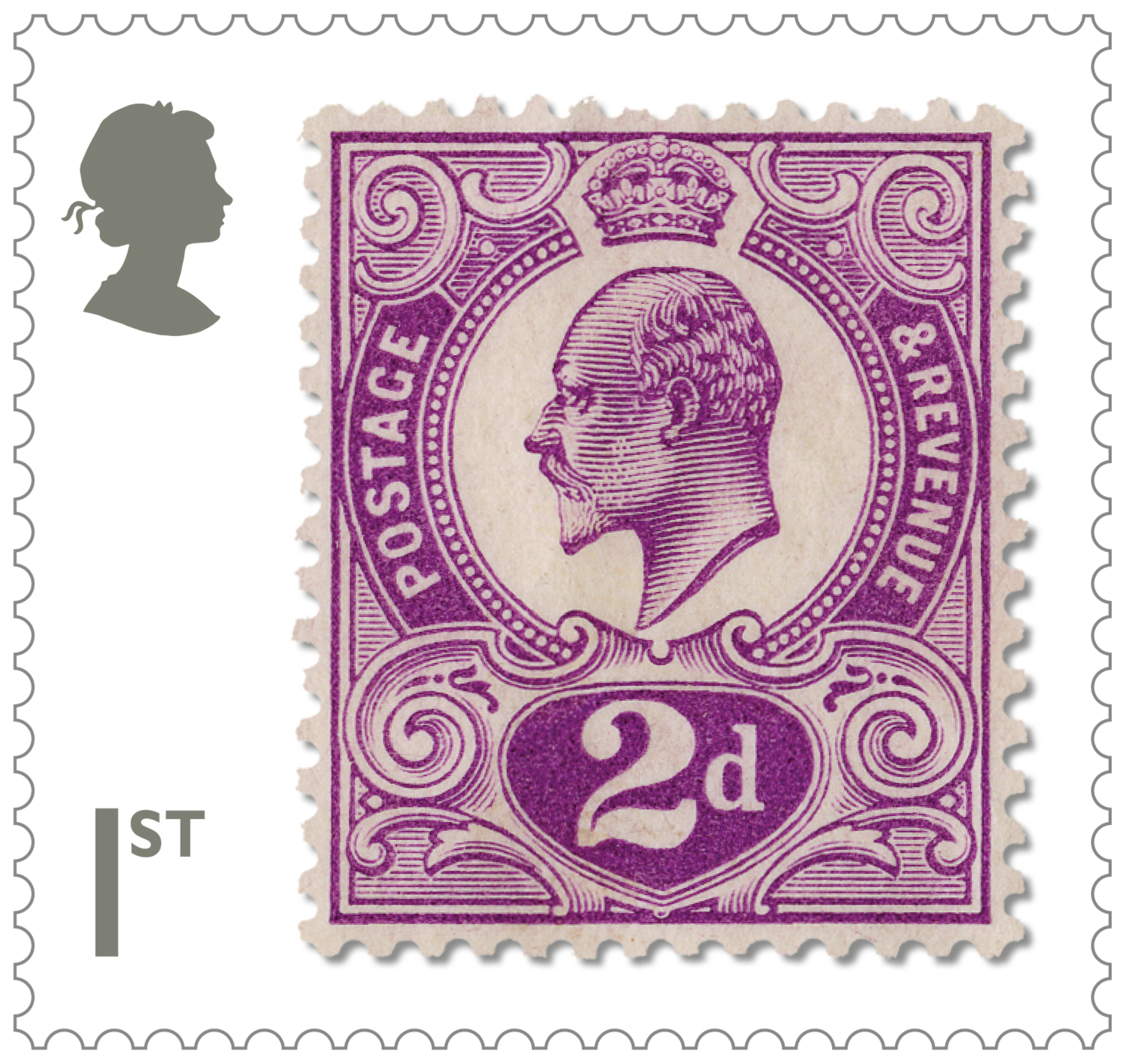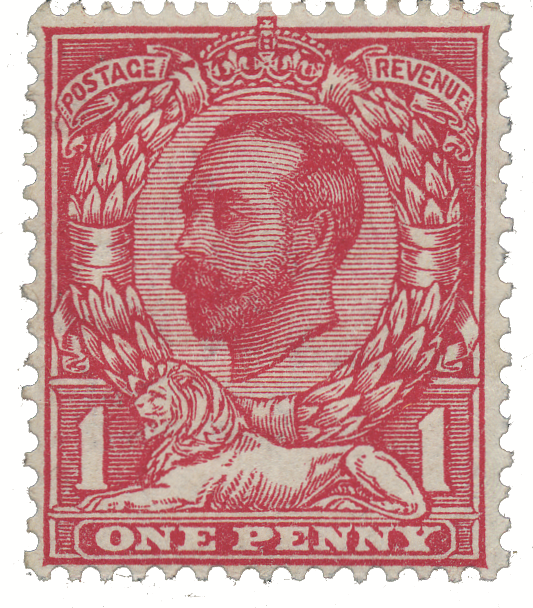19 August 2025
|
Before you embark on a stamp collection covering stamps from 1840 to date, a quick revision of our monarchs may be required. In this at-a-glance guide we provide a timeline of the British Kings and Queens to have ruled during the postage stamp era.
Just weeks after her eighteenth birthday, in 1837, the young Princess Victoria became Queen, following the death of her uncle William IV.
Her long reign was a significant time in Britain’s history, with the advances of the railways, communication and industry producing an apparent boom, and the British Empire continuing to expand. However, child labour, poverty and prostitution, known as the ‘Great Social Evil’, also left their mark on the era.
The arrival of the postage stamp
The introduction of the postage stamp in May 1840, saw Victoria’s image appear on millions of 1d and 2d stamps, and during her long reign her portrait and name was familiar across the Empire, as colonies adopted the use of the stamp.
The portrait of Victoria on British stamps remained consistent throughout her reign, while stamps of the Commonwealth offer a variety of portraits, from the inaccurate and unflattering, to the realistic depiction of the monarch in the familiar widow’s bonnet worn for many years after the death of her beloved husband Prince Albert.
SIGN UP TO THE FREE NEWSLETTER TODAY and we'll send you news, views and stamp guides direct to your inbox. It's completely free and we'll never share your data with anyone else.
Victoria’s death, in January 1901, brought to an end the longest reign of any British monarch. Over the 63 years she had ruled, the country had experienced dramatic changes, and the next four monarchs had all been born. The first of these was her son Edward VII who had taken on many of the public duties of his mother when she withdrew from public attention after Albert’s death.
Stamps of Edward VII
The first stamps of Edward VII were issued in 1902 – the definitive set proved to be the King’s only British issue – and were similar in design and colour to the 1887 Jubilee issue of Victoria.
Although Edward died in May 1910, stamps bearing his portrait were used as late as 1913 as the introduction of King George V stamps was delayed.
One of the rarities of the Edwardian era is the 2d Tyrian Plum, a red-shaded stamp intended for issue in 1910. Post offices were sent stocks of the stamp, but the death of the King meant the issue was scrapped and almost all the stock was destroyed. Just one example is known on cover, owned by the Prince of Wales, a keen stamp collector who became King George V following his father’s death.

King George V - the 'Collector King'
Known as the ‘collector king’, King George V is naturally a favourite with collectors. However, the first stamps of George’s reign were not popular at the time.
The so-called Downey Head designs of 1911 featured a three-quarter facing portrait of the King and were widely criticised in the Press.
The following year a new side-facing portrait was adopted and a series of beautifully produced stamps followed, including Britain’s first commemorative stamps – two values celebrating the British Empire Exhibition of 1924-25, and the widely praised ‘sea horses’ stamps of 1934.

Suggested Article: What a French Stamp Reveals About King Francis I and His Rival Henry VIII
The year of the three kings
The death of George V led to a constitutional crisis and resulted in the appearance of stamps depicting three different kings during 1936.
Following George’s death in January, his eldest son Edward VIII became king, but his romance with American socialite and divorcee Wallis Simpson led to his abdication in December. Months earlier, in September, a plain-looking set of definitive stamps was issued, yet the short period of use does give collectors a defined period on which to focus.
By the end of the ‘year of the three kings’ Prince Albert, Edward’s brother, had become King George VI.
His reign lasted a little longer than his brother’s – some sixteen years – and both pictorial and definitive sets recall his reign. Highlights include the 1948 Royal Silver Wedding, featuring the King and Queen Elizabeth, and the centenary of postage stamps issue of 1940 which features portraits of George VI and his great grandmother Queen Victoria.
Queen Elizabeth II stamps
The reign of Queen Elizabeth II began in 1952, following the death of her father.
Over the course of her long reign we saw British and Commonwealth stamps change dramatically, with many hundreds being issued.
Perhaps the most notable period in Elizabeth’s reign was in the late 1960s, when the Postmaster General Tony Benn introduced more pictorial issues. With the Queen’s head relegated to the corner of the stamp, yet the iconic bust of the Queen, created by sculptor Arnold Machin for the definitive stamp of Elizabeth II, is thought to be the most reproduced image in history.
A timeline of British monarchs and stamps
- June 1837 - Queen Victoria’s reign begins
- May 1840 - the first postage stamp is produced
- January 1901 - Victoria dies
- Edward VII’s reign begins
- May 1910 Edward VII dies
- George V’s reign begins
- April 1924 GB’s first commemorative stamps issued
- January 1936 George V dies
- Edward VIII’s reign begins
- December 1936 Edward VIII abdicates
- George VI’s reign begins
- February 1952 George VI dies
- Elizabeth II’s reign begins
- September 2022 Elizabeth II dies







